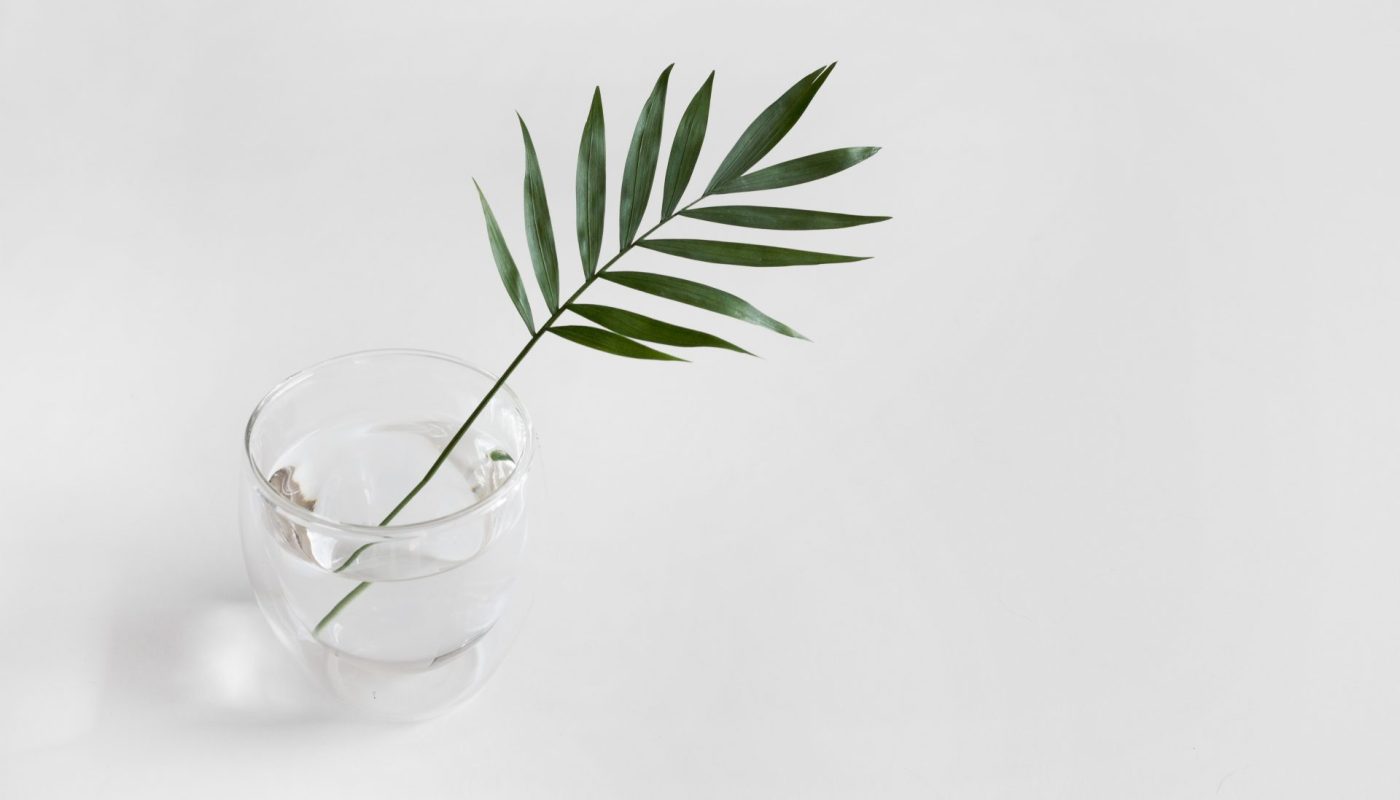“Simplicity is the ultimate sophistication”
Although the minimalism movement seems to be kind of trendy and modern the origins interestingly date back many thousand years ago. Let me begin by telling you a little story how all of this has started.
Once upon a time (323 BC) there was a Greek philosopher called Diogenes the Cynic. He had a wealthy upbringing and was even enrolled into a banking business like his father. All of a sudden, he got involved into a serious scandal and was exiled from the city and lost his citizenship and all his material possessions. From then on, he lived a very simple lifestyle on the street and declared himself as a cosmopolitan and a citizen of the world rather than someone who is tied up to only one place.
One day he saw a little boy who was drinking water from the river with his bare hands. This made Diogenes realize that he was dragging around superfluous baggage with him, so he made a radical decision and got rid of the single wooden bowl he had carried with him all this time. The end.
So, you might now ask yourself is the main concept of minimalism to let go of everything you possess and live happily ever after? Mhm probably not. Well I mean it happens that there are some spiritual Diogenes imitators, but maybe not as radically possession-free as he was.
Anyhow minimalism is much more than that. It is an attitude towards life and a practice of awareness and intention regarding many areas of your life like your belongings, time, energy, relationships, habits, ways of thinking and much more.
In terms of belongings, we humans tend to buy a lot of stuff because we think that materialism will bring us happiness.
How often do we experience that amazing feeling of anticipation before having a certain product? We cannot wait for the moment to finally have it, but shortly after having purchased the item the excitement of the new object is already decreasing, and we find our self preparing for the next hunt. Isn’t it ironic? This is not only a wasteful lifestyle but also in many occasions too many belongings can actually carry more stress and responsibility. In order to stop the cycle of addiction a mindset shift of “less is more” is needed which requires consciously and consistently practice achieving a state of fulfillment and authenticity.
You probably ask yourself how can I do it? How can I add value to my life? What are the techniques to implement it into my private or working life? How can I easily let go of personal or emotional stuff? What are the difficulties I will be facing?
Are you also inspired by the minimalism movement and want to find out more about it? Then I will be happy to take you on the exciting journey towards a more minimal lifestyle (which also for me will be a completely new terrain).
Photo by Sarah Dorweiler on Unsplash




Thanks for sharing these insights Stella! I always thought minimalism comes from Scandinavia. Looking forward to learn more about the movement! 🙂
Hey Katharina, thanks for your comment. Yes that is true in terms of minimalist furniture I would also say that the Scandinavia is one of the pioneers. I will take this up in another post 🙂
Stella, thanks for this captivating insight! I’m intrigued by this concept of awareness creating an intention and an intention ensuring a coherent outcome. But then again, the practice leads to the awareness, so … how to start? … you’re leaving us in suspense 😉 Looking forward to your next post!
Hi Nina, thank you for your kind comment. I am happy to hear that you are interested into the topic as well. For sure I will give more helpful insights in upcoming posts on how to implement it. All the best, Stella
Hi Stella! I am really curious to discover some of the techniques I could implement to make the mindset shift of “less is more” 🙂 Looking forward to it!
Interesting post! I would love being a minimalist – it feels so peaceful when a room is organized, tidy and “empty”. Have you ever read something about Marie Kondo? I read one of her books, she’s the best in this field 🙂